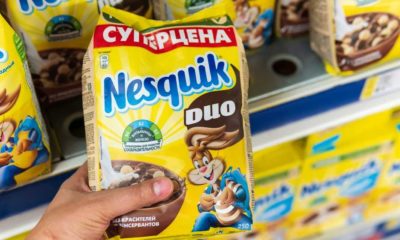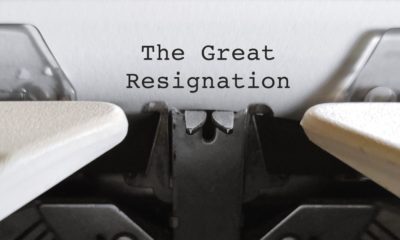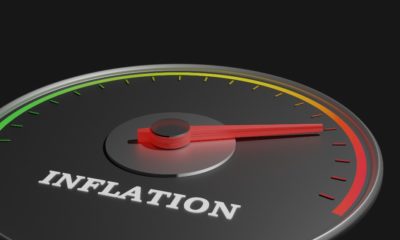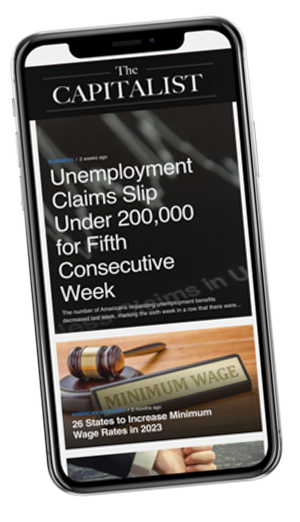Business
Up, Up and Away! Wholesale Costs Went Up By 10% Last Year
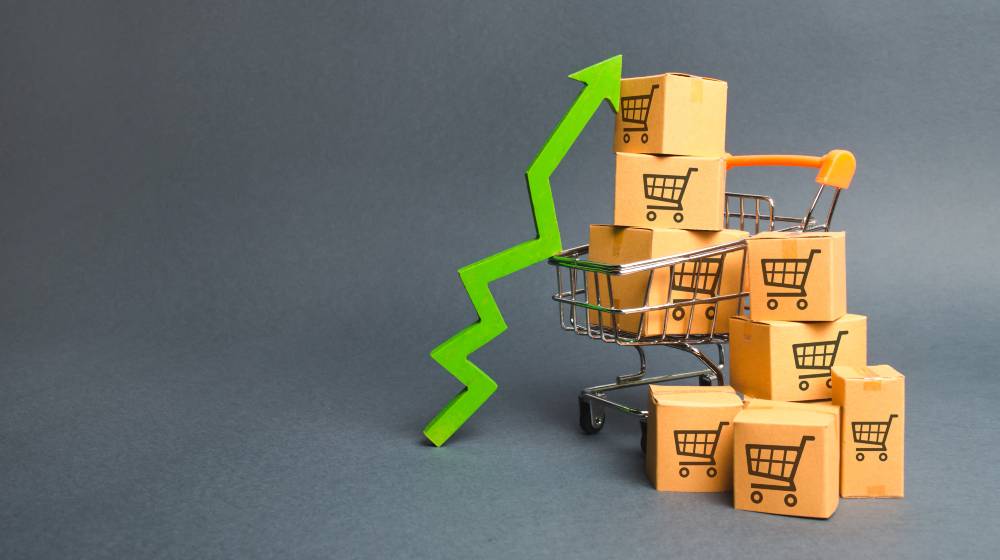
In yet another indication that inflation continues to run wild, wholesale costs went up nearly 10% in 2021. It’s not surprising, given that consumer inflation rates are now at a 40-year high.
RELATED: Wholesale Prices Rise 9.6%, The Highest Increase On Record
Wholesale Costs Rose 9.7%
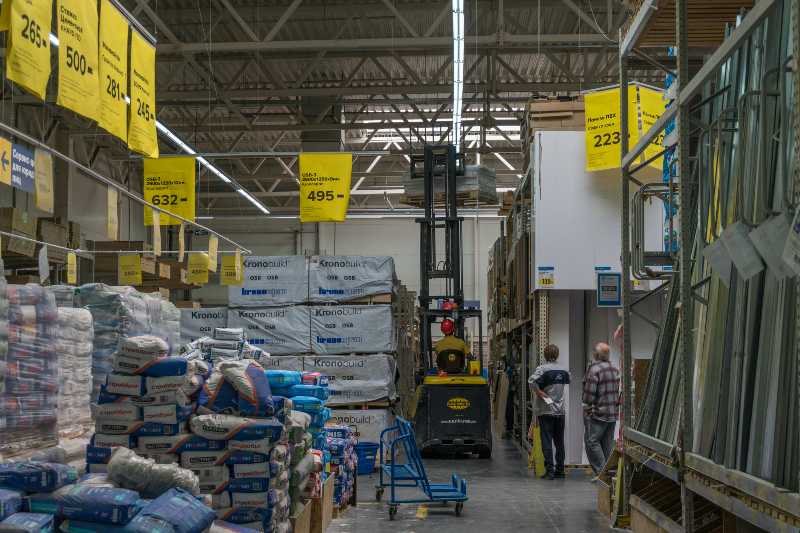
Wholesale costs rose only 0.2% last December, which is half of what economists expected. However, the producer price index for 2021 posted a 9.7% increase compared to a year ago.
This is the highest annual increase since the Department of Labor started recording data in 2010. The producer price index records the wholesale prices received by producers of goods, services, and construction.
The 0.2% gain in December was actually a sharp drop-off from the two previous months. Wholesale costs went up 1% in November and 0.6% in October.
A separate report released last Thursday said that jobless claims for the week ending January 8 totaled 230,000. This is 30,000 above Labor’s 200,000 projection. It’s also 23,000 higher than the previous week’s 207,000.
Still, the longer-term forecasts for unemployment remain lower. Meanwhile, continuing claims fell by nearly 200,000. The 1.56 million claims reported are the lowest since June 2, 1973.
Consumer Prices Went Up 7% Year-Over-Year
With the job market stabilizing, the market is now looking at ways to address core inflation. Thursday’s PPI report came a day after Labor reported that the consumer price index went up 7% year over year.
This is the biggest annual gain in 40 years. Meanwhile, the PPI rate rose by 0.4% for the month, which is 0.1% below estimates. This excludes wholesale costs for food, energy, and trade.
In addition, final demand prices for food and energy both went down during the month. It declined by 0.6% and 3.3% respectively. Meanwhile, trade prices rose 0.8% while transportation and warehousing costs were up 1.7%.
The prices of goods fell by 0.4% during December. However, this was offset by a rise of 0.5% in services. Despite the pandemic, demand for consumer goods continues to remain on the rise. The strong demand is contributing to a surge in prices.
Fed To Tighten Policy To Fight Rising Wholesale Costs
Meanwhile, Federal Reserve officials are monitoring inflation data closely. Officials already said they will tighten their monetary policies this 2022. This includes raising interest rates from their current near-zero levels.
The Fed also plans to halt its bond-buying program faster than it originally planned. In fact, the agency hopes to respond to rising prices amid a fully-packed labor market.
In remarks issued Thursday, Philadelphia Fed President said that the agency is ready to switch gears. “After nearly two years of accommodation, I think we can expect a fair amount of tightening in 2022,” he said.
On the unemployment front, claims rose amid some seasonal noise leftover from the holidays. Unadjusted claims totaled 419,446 for the week at a time when seasonal indicators already had pointed to a large increase.
Smoothing out for weekly volatility, the four-week average for claims was 210,750, an increase of 6,250 from the previous week but still below the pre-pandemic level.
Watch the Southernprepper1 video discussing $105 billion in debt in one week, food prices going up, and 9.7% wholesale inflation:
What do you think of higher wholesale prices across the US? Do you think there is any relief in sight from continually rising prices?
Let us know what you think. Share your comments below.



